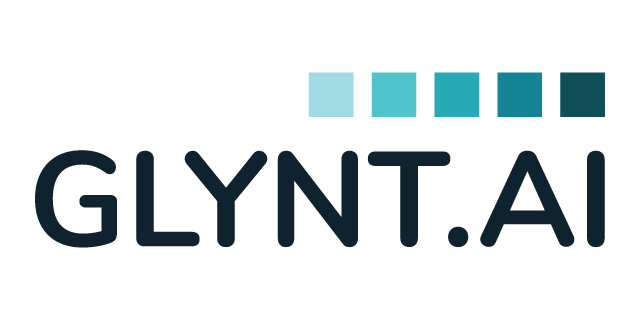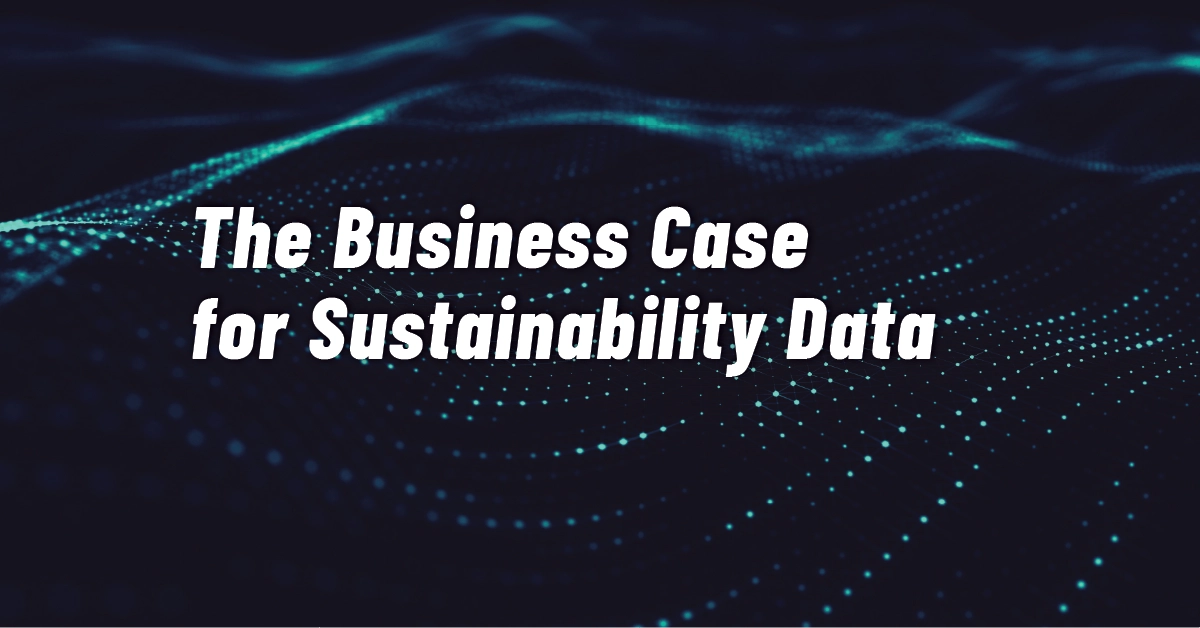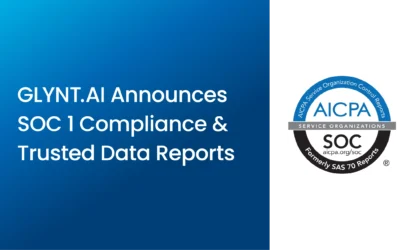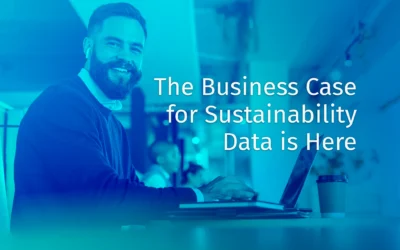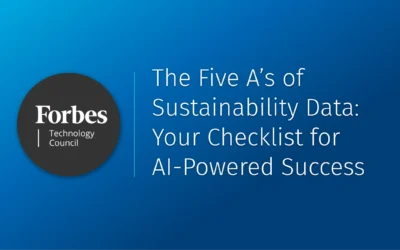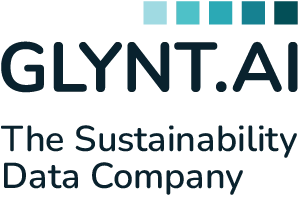1. Disclosure Risk.
For companies that submit sustainability data and reports to the EU or the Climate Disclosure Project (CDP), data sharing agreements have created a very short path from reporting to disclosure. Financial service companies, such as Bloomberg or S&P have nearly immediate access to your reported data. They parse and clean the data, then load it into investor-ready software tools. And this is when the fun begins.
Investors build a profile of the firm, combining financial and sustainability data. If the two data sets don’t align, the inconsistencies are flagged, investors raise questions. The cost of a disclosure error far outweighs the costs of a high-performing data preparation system.
2. Investor Risk.
Investors can make money with sustainability data, using it to make investment decisions that deliver higher returns at lower risk, and to build portfolios that hedge out economy-wide climate risk. Companies that don’t provide sustainability data and reporting have a smaller investor pool. Investors tend to fill in reporting gaps with their own narrative, which is no doubt more negative than yours!
While the politicalization of ESG has dampened discussions, the economic costs of climate change are rising. It is investor demands that have led to global reporting standards, including audit requirements. Companies with high-quality sustainability data have larger investor pools.
For more on how investors make money with sustainability data see, The Business Case for Sustainability
3. Credibility Risk.
Surveys of executive teams show that the #1 barrier to business investment in climate solutions is the lack of a compelling business case for change. When data is coarse and error-prone, it is hard to build a credible data-driven narrative that changes minds.
Finance-grade sustainability data tells a credible value creation story to third-parties, the investors and lenders who will finance the energy reduction projects. This is one of those win-win-wins, as higher quality data sustainability data is good for business, the CFO’s career and the planet too.
Investors build a profile of the firm, combining financial and sustainability data. If the two data sets don’t align, the inconsistencies are flagged, investors raise questions. The cost of a disclosure error far outweighs the costs of a high-performing data preparation system.
4. Revenue Risk.
Sustainability teams are often frustrated by the many and frequent customer requests for sustainability data and reporting. But turn this around. It is not just a check-the-box task; customers are using your sustainability data for vendor selection.
One SVP of ESG said it best, “I am slammed at the end of every quarter doing presentations for the sales teams. Nearly every prospect wants a walk through our sustainability data and goals before they’ll sign the contract.”
Don’t be left behind at the next RFP from weak or non-existent sustainability reporting. Your customer has choices. Use sustainability data and reporting to stay on the approved vendor list. The gain from revenue retention more than pays for high-quality sustainability data and reporting.
